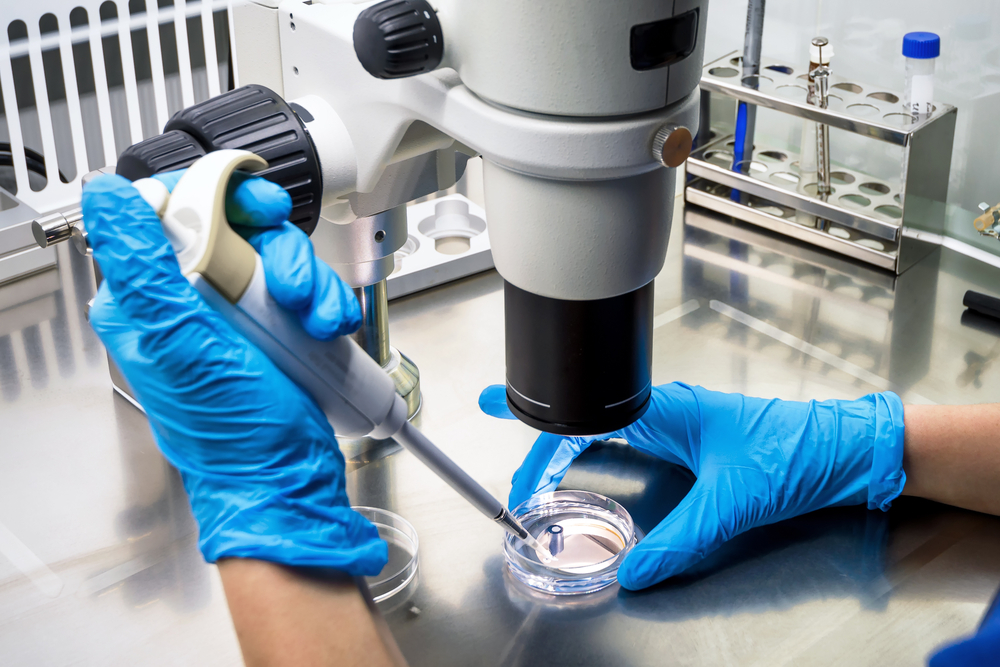Stem cell therapy is the hot new ticket in the world of regenerative medicine. It has shown promising results in treating chronic pain, acute injuries, blood diseases, bone marrow conditions, and so much more. It’s being used today to help heal, to reduce inflammation, and even as an anti-aging strategy.
What are stem cells, exactly? They’re like a blueprint cell. Within an embryonic cell, for example, there is the capability to transform into any other cell in the human body as needed. An adult stem cell is a bit more limited but can still transform into countless other cells, helping heal, rejuvenate, or soothe the body.
Stem cell treatments are, however, still very new in the mainstream. This means that clinical trial after clinical trial still need to be conducted and concluded until this regenerative medicine is fully FDA-approved and covered by insurance (currently, only a few treatments are covered, not all).
Just because stem cell treatments is new to you, however, doesn’t mean that stem cell therapy itself is a brand new idea.
Stem Cell Therapy Through the Ages
Its history dates back to the 1800s, with many very notable figures shaping stem cell research as we know it today – but who invented stem cell therapy? Let’s have a look into the past:
The Scientists Who Discovered Stem Cells
The gap between the discovery, or at least the coining, of stem cells and the first use of stem cells is 70 years. In 1888, German scientists Theodor Boveri and Valentin Haecker first coined the term stem cell. Still, it wasn’t until French oncologist Georges Mathé performed a bone marrow transplantation in 1958 that the first stem cell treatment occurred.
What’s important to note is that bone marrow transplantation wasn’t done specifically because of the benefits of stem cells. In fact, it wasn’t until 1963 that stem cells were demonstratively proven to even exist by Ernest McCulloch and James Till.
The Scientists Who Isolated Stem Cells
Understanding that stem cells exist and being able to isolate them, however, was the next big step, and it wouldn’t happen until the 80s. First, in 1981, when Martin Evans and Matthew Kaufman first successfully isolated embryonic stem cells from mice. Then, in 1988, James Thomson managed it from human embryos.
Stem Cell Research in the 21st Century
There won’t be another big leap in stem cell research until the early 2000s. This is because, despite being able to isolate stem cells in embryos, doing so is highly unethical, especially on a large scale. Before stem cell treatments could take off, we needed a way to extract other types of stem cells.
This first started happening in 2005, when cord blood embryonic-like stem cells were discovered in umbilical cord blood. Since umbilical cords can be safely and harmlessly donated after birth, this opened up many new doors.
Then, in 2006, a Kyoto team successfully reprogrammed fibroblasts into pluripotent cells. Today, this is widely known as induced pluripotent stem cells, once again opening the doors for embryonic-like stem cells to be used without the ethical dilemma.
Even more types of stem cells were discovered in 2007, this time from amniotic fluid.
Today, an adult stem cell can be sourced from umbilical cord blood, Wharton’s Jelly (this is what we here at Bioxcellerator use), amniotic fluid, blood, fatty tissue, and, in 2008, even a single human hair. In short, we’re full of them, and we can now isolate these stem cells and put them back to work where they are needed most.
So, Who Invented Stem Cell Therapy?
Like all big areas of medicine, no single person invented stem cell therapy. Instead, it is the countless researchers, research assistants, and even controlled study patients who have brought us to where we are today.
What You Need to Know About Stem Cell Therapy
If you are still asking, what are stem cell injections, then here’s the rundown:
- An adult stem cell can become other cells, working to rejuvenate the body, speed up healing, and reduce inflammation.
- Wharton’s Jelly, amniotic fluid, and umbilical cord blood-derived stem cells are primarily used for treatment since they don’t contain a specific surface protein that may trigger a recipient’s immune system to attack. They are also chosen as they have a wider number of applications.
- Depending on the treatment, stem cell treatments are administered either through an IV or an injection.
Stem Cell Therapy In the Future
In the future, the uses of stem cell therapy, as well as how effective it is, is only set to expand. Better yet, with more information about Wharton’s Jelly derived stem cells, as well as other umbilical cord-based cells, the more likely these treatments will be covered by insurance in the future.
Sadly, for now, most patients need to cover the stem cell therapy cost for themselves. This is because treatments only related to blood cancers and other similar diseases are covered by insurance, since that treatment is the only one currently FDA-approved.
Ready to Try Stem Cell Treatments for Yourself?
Stem cell therapy is realistically just at the cusp of its potential, but that doesn’t mean you have to wait to try it out for yourself. Celebrities and sports professionals already use stem cell injections regularly for things ranging from injury recovery to chronic condition management to even anti-aging.
If you want to see if you’re a good fit for stem cell treatment, and want to learn in-depth what you could get out of stem cell therapy for your chronic condition, have a look at the locations we cover and select your nearest clinic to make an appointment. Before we do any treatment, you will attend a free no-obligation consultation, and will only proceed if we feel you’ll be a good fit for the treatment (meaning you are more likely to experience noticeable results), where we will talk you through what to expect with the treatment, the cost, and your aftercare.
None of that can begin until you get in touch, so reach out today.


